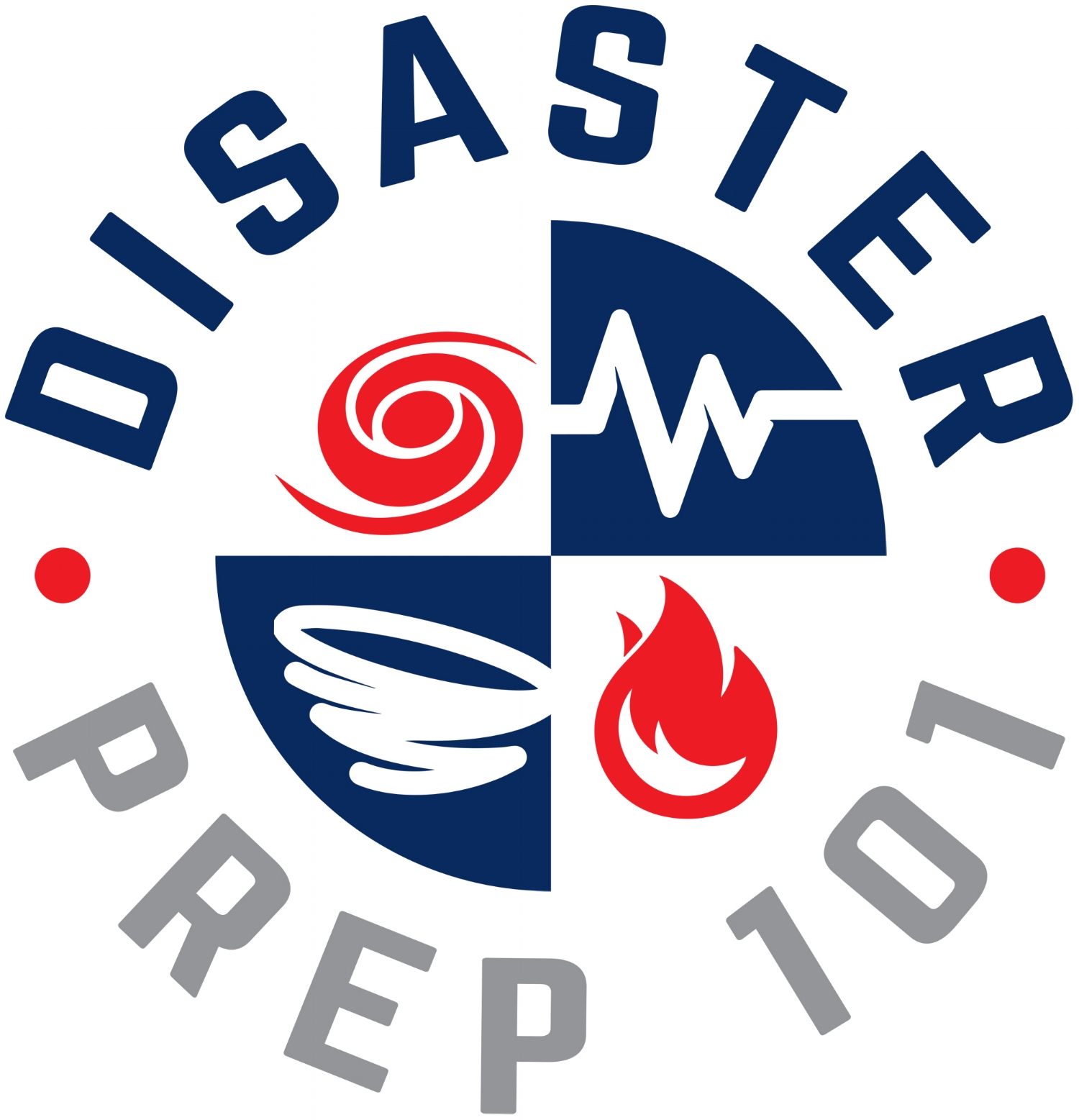House Structure in Disasters
/We've seen more tornadoes and earthquakes in the past years than we've seen in generations.
Reasons why aside, let's look at what it means to you as an individual, or for your family. What it means is simply this: Life still has plenty of dangerous things in it and you should be prepared. With regard to tornadoes and earthquakes, if you improve your home's structural strength in anticipation of one, you've also helped protect yourself against the other. In fact, improving the strength of your home helps protect it and/or you in any number of destructive events such as hurricanes or even the shock wave from a nearby nuclear detonation (okay, not too nearby!).
Though we discuss this in great detail in our book "Disaster Prep 101," here are the "basic three" for economically improving your home's structure:
- Anchor your home to its foundation better. This could be done with something as simple as some large angle brackets and bags of concrete mix, or with something as readily available as railroad ties that you bury halfway and bolt to your house. Your nearest home improvement store might have some folks that can tell you more if you take in a picture of your house and basement if you have one.
- Add more anchor points from your roof to your walls. Walls are partially supported at the top by your roof's structure. If the roof is blown off, your walls may collapse more readily because that upper support is gone. Same thing here. Ask folks at your hardware store what you can do. Also, do an Internet search using the term hurricane retrofit roof. You'll find numerous instruction booklets on how to brace the joists, anchor them to the house, and reinforce the sheathing from underneath.
- Anchor your appliances and large furniture. Large appliances are good structure and can actually help keep walls from moving, ceilings from collapsing all the way, and having them anchored in place is always much better than having them move around in a crisis situation. In this list would be your water heater; stove, fridge, and freezer; washer and dryer; and large furniture such as a chest of drawers that lives up against the wall.
In simplest terms, remember this: Anything heavy anchored to anything else heavy is a structural improvement.
About the author: Paul Purcell is a security analyst and preparedness consultant and is the author of “Disaster Prep 101” (www.DisasterPrep101.com.) Copyright Paul Purcell. Permission is granted to reprint this article provided all portions stay intact.
###

